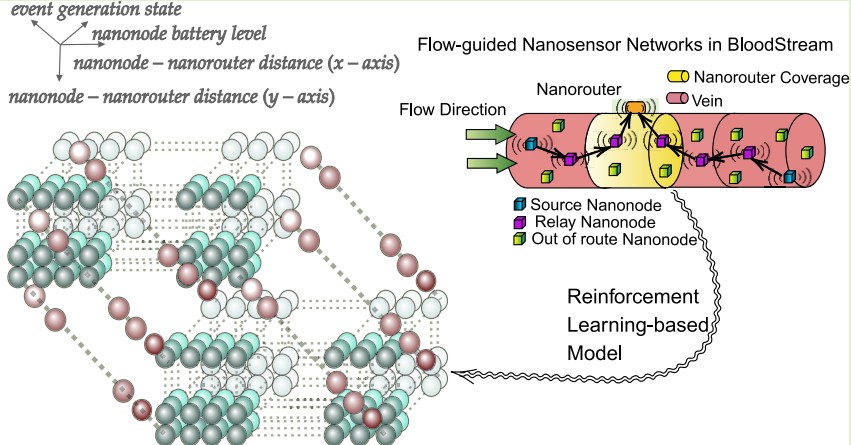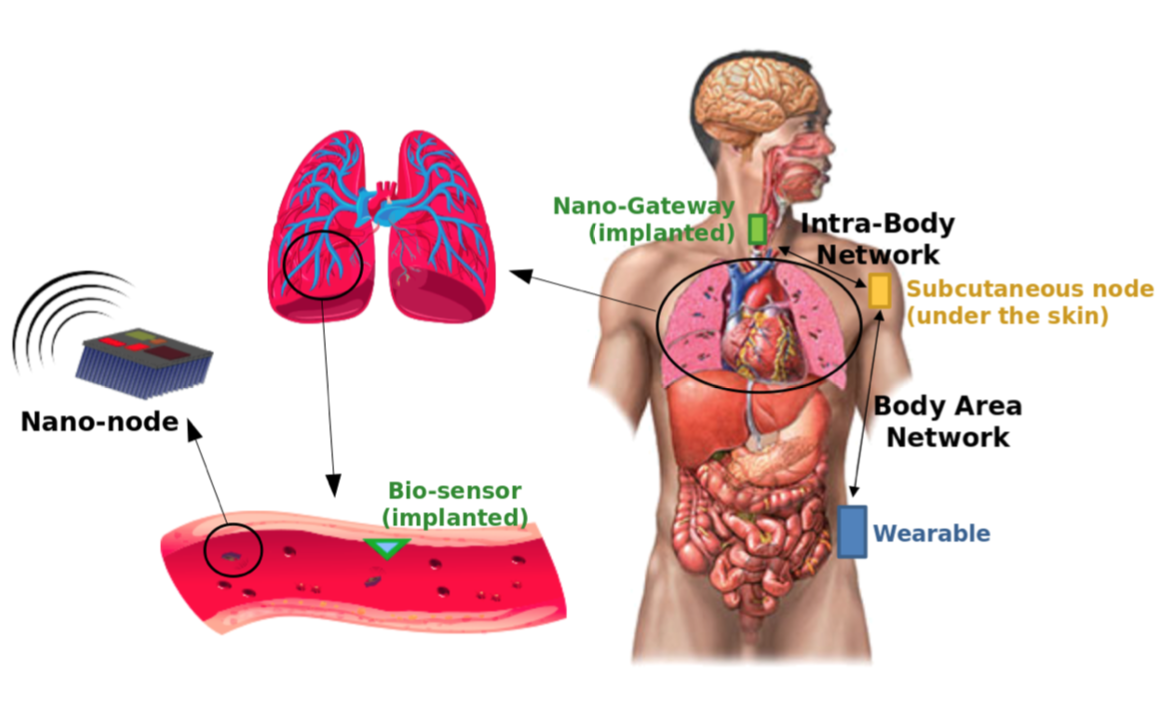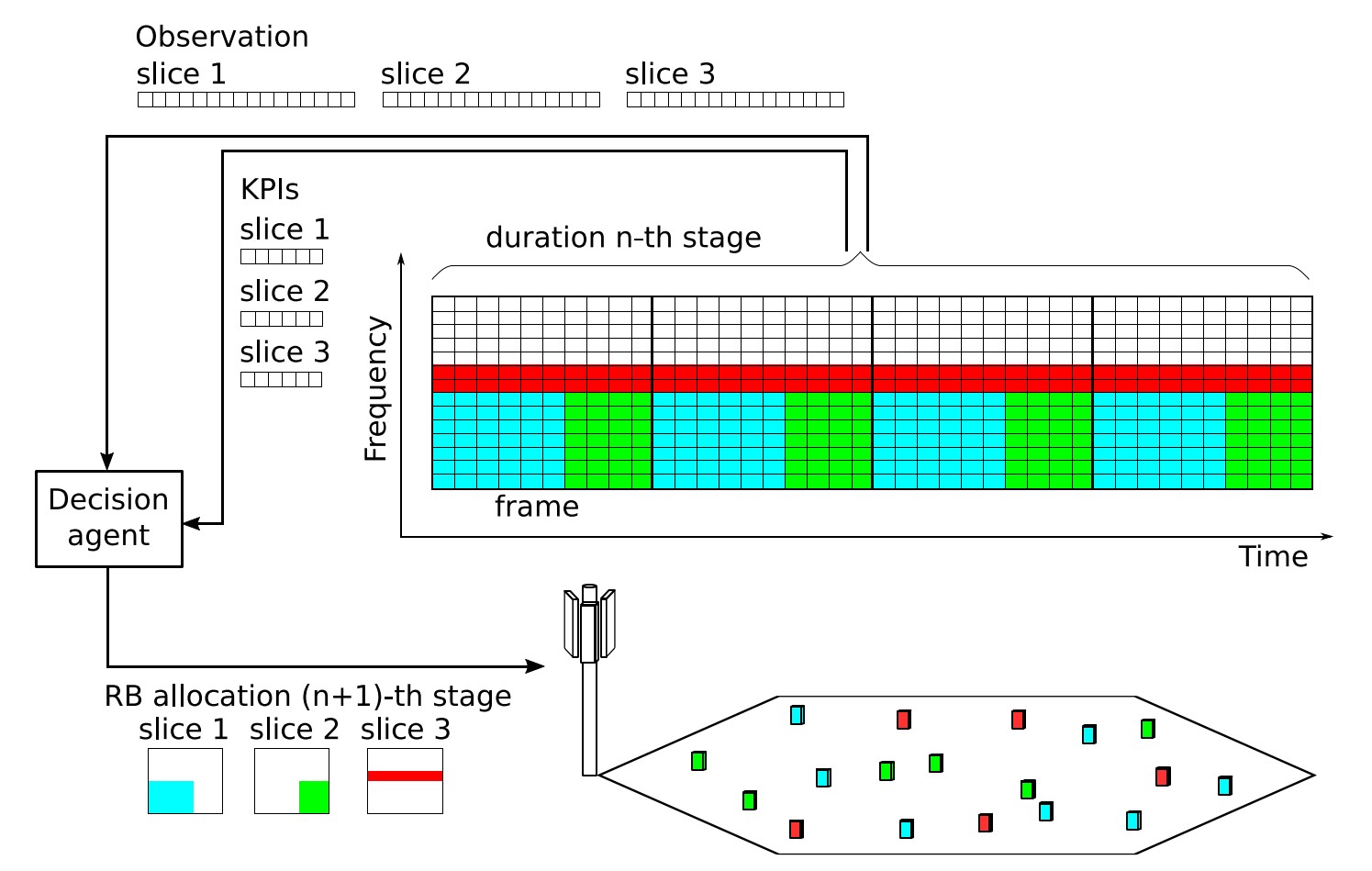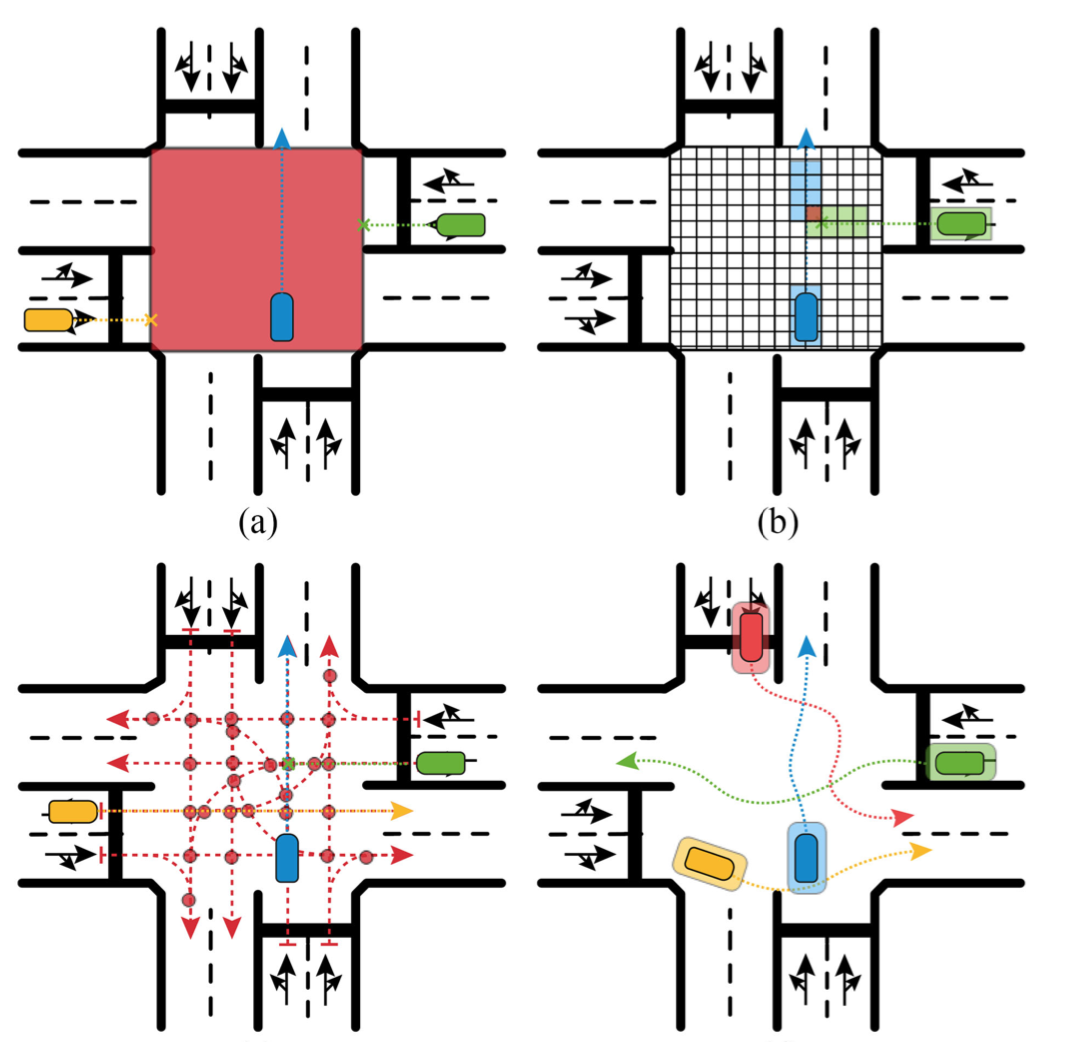Dynamic Multihop Routing in Terahertz Flow-Guided Nanosensor Networks: A Reinforcement Learning Approach
The Internet of Nano-Things (IoNT) is an emerg-ing paradigm in which devices sized to the nanoscale (nanon-odes) and transmitting in the terahertz (THz) band canbecome decisive actors in future medical applications. Flow-guided nanonetworks are well-known THz networks aimedat deploying the IoNT inside the human body, among otherissues. In these networks, nanonodes flowing through thebloodstream monitor-sensitive biological/physical parame-ters and dispatch these data via electromagnetic (EM) wavesto a nanorouter implanted in human tissue, which operatesas a gateway to external Internet connectivity devices. Underthese premises, two shortcomings arise. First, the use ofthe THz band greatly limits the nanonode’s communicationrange. Second, the nanonodes lack resources for processing, memory, and batteries. To minimize the impact of theseconcerns in EM nanocommunications, a novel dynamic multihop routing scheme is proposed to model in-body, flow-guided nanonetwork architecture. To this end, a reinforcement learning-based framework is conceived, combining thefeatures of EM nanocommunications and hemodynamics or fluid dynamics applied to the bloodstream. A generic Markovdecision process (MDP) approach is derived to maximize the throughput metric, analytically modeling: 1) the movementof the nanonodes in the bloodstream as laminar flow; 2) energy consumption (including energy-harvesting issues); and3) prioritized events. A thoroughly THz flow-guided nanonetwork case of study is also defined. Under the umbrella of thiscase, diverse testbeds are planned to create a procedure of evaluation, validation, and discussion. Results reveal thatmultihop scenarios obtain better performance than direct nanonode-nanorouter communication, specifically, the two-hopscenario, which, for instance, quadrupled the throughput in a hand vein without sharply penalizing other aspects suchas energy consumption.





